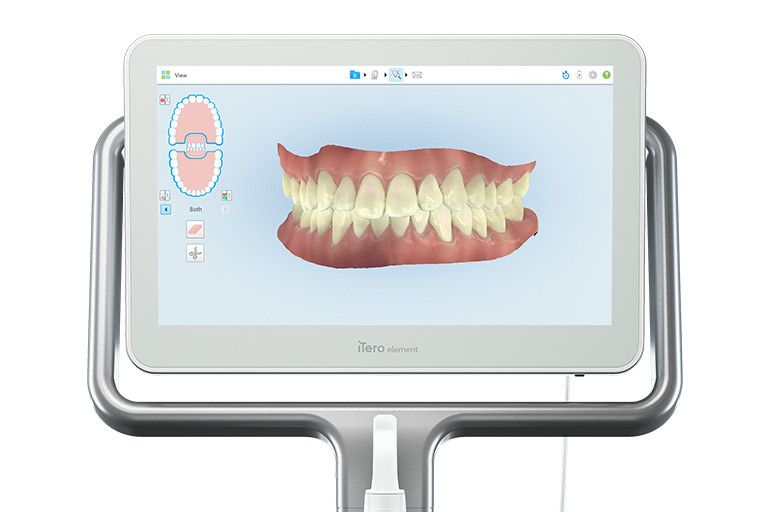
Digital Precision: Evolution of Dental Impressions
In the realm of dentistry, the advent of digital technology has transformed the traditional process of dental impressions, offering a more accurate, efficient, and patient-friendly approach.
Traditional Challenges in Dental Impressions
Traditional dental impressions, often involving the use of impression trays and molding materials, presented challenges for both patients and practitioners. The process could be uncomfortable for patients, leading to anxiety and sometimes resulting in inaccuracies in the impressions.
Enter Digital Dental Impressions
The evolution of dental technology brought forth digital dental impressions, a revolutionary approach that replaces the conventional molding process with digital scanners. These scanners capture detailed 3D images of the patient’s oral structures, eliminating the need for physical molds and offering a more comfortable experience.
Accuracy Redefined with 3D Imaging
Digital dental impressions leverage advanced 3D imaging technology to capture precise details of the teeth and surrounding tissues. This level of accuracy ensures that dental restorations, such as crowns or bridges, fit seamlessly, reducing the need for adjustments and enhancing overall treatment outcomes.
Improved Patient Experience
One of the significant advantages of digital dental impressions is the improved patient experience. The process is faster, more comfortable, and eliminates the discomfort associated with traditional molds. Patients no longer need to endure the awkward sensation of trays filled with impression material.
Enhanced Communication Between Clinicians and Laboratories
Digital impressions facilitate seamless communication between dental practitioners and laboratories. The digital files can be instantly transmitted to dental labs, streamlining the workflow and reducing turnaround times for the creation of prosthetics. This enhanced communication ensures a more efficient and collaborative approach to patient care.
Time Efficiency in Treatment Planning
The digital workflow in dental impressions significantly reduces the time required for treatment planning. With traditional impressions, the shipping and processing of physical molds could lead to delays. Digital impressions expedite the process, allowing for quicker diagnosis and treatment initiation.
Customization for Precision Dentistry
Digital dental impressions enable precision dentistry through customization. The 3D images captured can be manipulated digitally, allowing clinicians to fine-tune details for optimal results. This level of customization contributes to the overall success of various dental procedures.
Cost-Efficiency and Sustainability
While the initial investment in digital scanning technology may seem significant, it can lead to long-term cost-efficiency. Digital dental impressions reduce the need for physical materials used in traditional molds, minimizing waste and contributing to a more sustainable and environmentally friendly dental practice.
Integration with CAD/CAM Technology
Digital dental impressions seamlessly integrate with Computer-Aided Design/Computer-Aided Manufacturing (CAD/CAM) technology. This integration allows for the direct fabrication of dental restorations, such as crowns or veneers, further streamlining the treatment process and enhancing precision.
Future Prospects and Continued Advancements
As technology continues to advance, the future of digital dental impressions looks promising. Ongoing research and development aim to further enhance the capabilities of digital scanners, offering even more sophisticated imaging and diagnostic features for comprehensive dental care.
In conclusion, the evolution of dental impressions into the digital realm represents a transformative shift in dentistry. The accuracy, efficiency, and improved patient experience associated with digital dental impressions make it a cornerstone of modern dental practices. Explore Digital Dental Impressions for additional insights and resources on this innovative technology shaping the future of oral healthcare.
